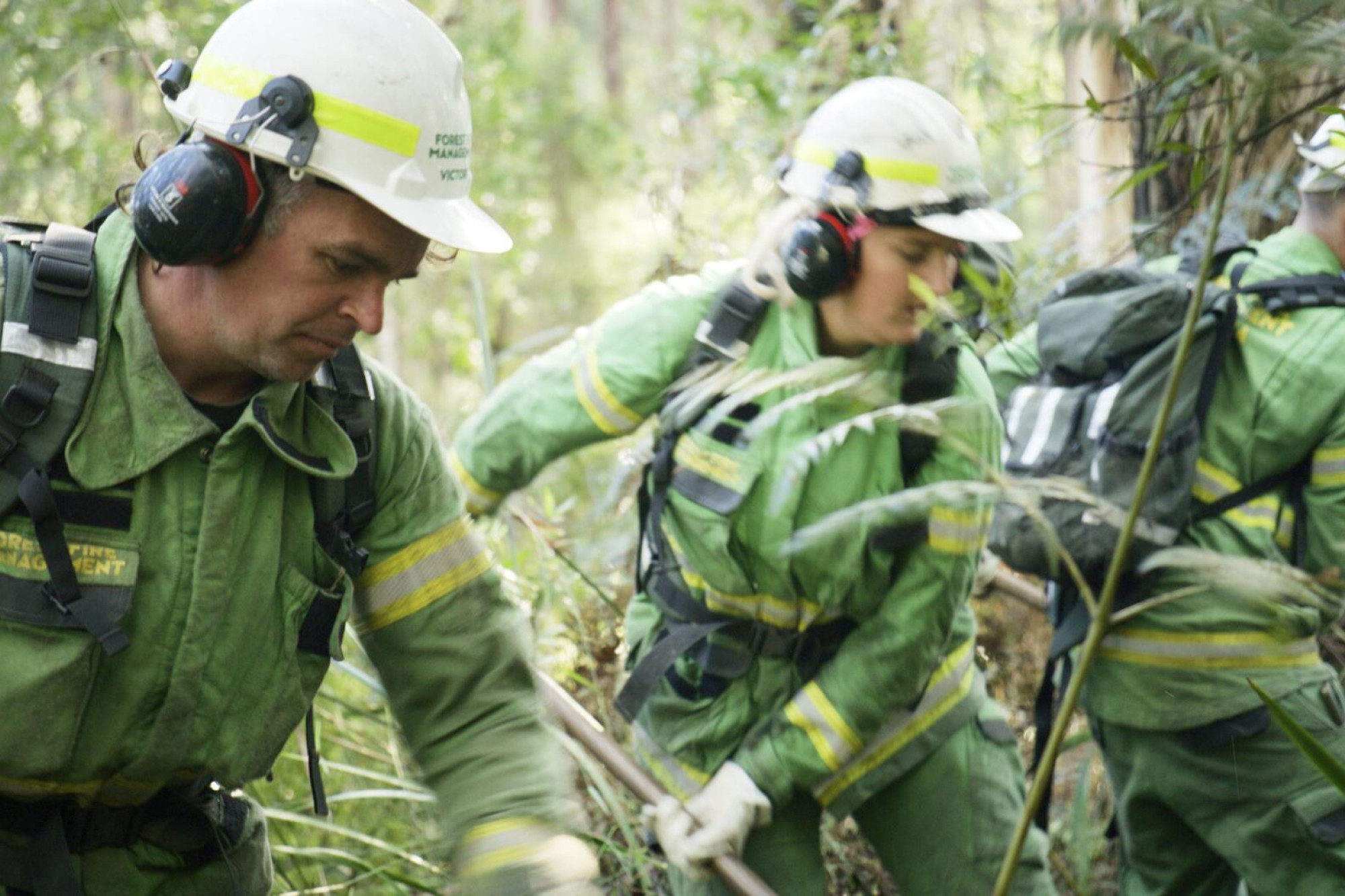General News
18 December, 2024
Summer’s not a silly season
By CHRIS HARDMAN AFSM LAST week you might have noticed a pick-up in news articles and broadcasts forecasting a hot, dry summer, and high potential for fire in some areas of the state. That news has come from the seasonal summer outlook distributed...

By CHRIS HARDMAN AFSM
LAST week you might have noticed a pick-up in news articles and broadcasts forecasting a hot, dry summer, and high potential for fire in some areas of the state.
That news has come from the seasonal summer outlook distributed on November 28 by the Australasian Fire and Emergency Services Authorities Council (AFAC), the national council for fire and emergency services in Australia and New Zealand.
The Seasonal Bushfire Outlook for Summer gives a picture of the likelihood of fire over the summer months, at both a state and national level. This year’s outlook for Victoria predicts higher potential for fire for most of western Victoria, as well as southwest Gippsland, including Mornington Peninsula, greater Melbourne and north-east Victoria.
The potential has been assessed this way because of the dry conditions in those areas, the availability of vegetation (e.g. grass, leaves, bark, shrubs and fallen branches) to ‘fuel’ fires, high temperatures and the continuing lack of rainfall to bring moisture to the landscape.
The fire potential elsewhere in Victoria has been assessed as ‘normal’, but hot, dry and windy weather can still pose a risk in areas dominated by forests, woodlands, or dense, low shrubs.
‘Normal’ is no reason to be complacent, but you should know that Victoria is prepared and that our land and fire agencies have worked all year to reduce our bushfire risk.
We are prepared and ready to respond
On public land this year, FFMVic carried out risk reduction works across more than 138,000 hectares – and because it isn’t just about this summer or this season, I’m happy to tell you that we also carried out works on more than 90,000 hectares the year before. The impacts are cumulative.
Risk reduction works include planned burns, mowing, mulching, slashing and spraying. Collectively, we call these works ‘fuel management’. They reduce the amount of vegetation (e.g. grass, leaves, bark, shrubs and fallen branches) available to ‘fuel’ a fire, thereby reducing the likely speed or intensity of a bushfire. These qualities can help fire crews to respond and put out fires while they are still small – before they can impact on communities, assets, infrastructure and the environment. You can find out about planned burns happening near you at plannburns.ffm.vic.gov.au.
In November we saw some of the reward for those efforts, with a fire in the Great Otways National Park – the Chapple Vale–Colac Tree Road fire – showing reduced spread in the footprint of one of our planned burns back in August.
Recent weeks have also shown how we work together with and alongside our emergency sector partners. On the frontline, FFMVic has close to 1800 personnel, including full-time and seasonal firefighters, fire lookout observers and fire support officers. In recent months, many of them have completed training and accreditation to make sure they are equipped with the skills and knowledge they need to be safe and help keep communities safe this summer.
They are supported by hundreds of emergency and incident management staff, including surge staff who have a fire and emergency role in addition to their day job, as well as firefighting equipment. Our equipment includes more than 500 ultralight tankers, almost 100 heavy tankers, and more than 300 dozers, tractors, forklifts, loaders and excavators. We also have more than 50 aircraft positioned across the state to help manage bushfires, and up to 100 aircraft that can be called upon when needed. You can find out more about our work at ffm.vic.gov.au.
What you can do?
Summer is a festive time in Victoria. We often have opportunities to steal a bit of magic as the year comes to an end – to come together with loved ones, to get away, to get in a bit more sleep – and a few more late nights, and to reflect on the year gone by.
But opportunity is never without responsibility. Now is also the time to prepare yourself and your loved ones for the fire season. Here are some quick tips to help you get started.
Visit cfa.vic.gov.au to help you get started on a Bushfire Plan so you know what you will do in case of fire
Download and get to know the VicEmergency app – then set up ‘watch zones’ and turn on notifications to be kept up to date wherever you are
Get to know the Australian Fire Danger Ratings System – and work out what fire danger rating will trigger your Bushfire Plan
Plan your travel – head to exploreoutdoors.vic.gov.au to help you stay safe when visiting state forests
Never leave a campfire unattended – if they are cool to touch, they are safe to leave.
* Chris Hardman AFSM is Chief Fire Officer with Forest Fire Management Victoria